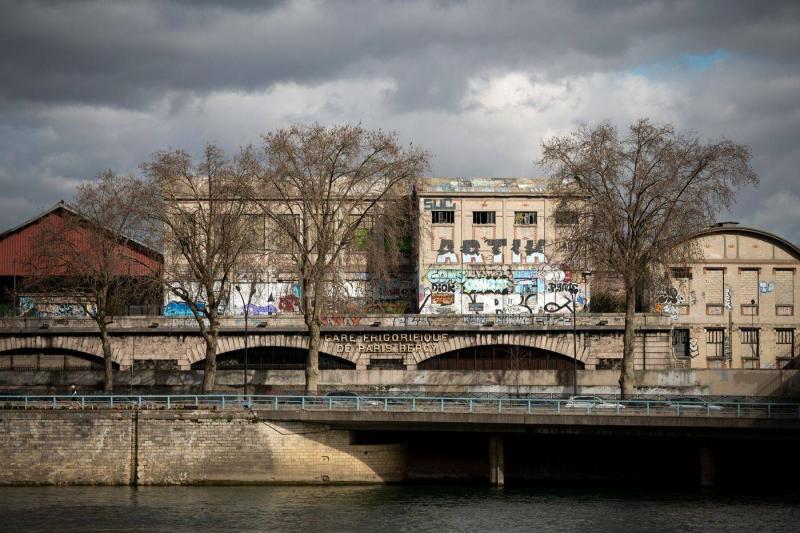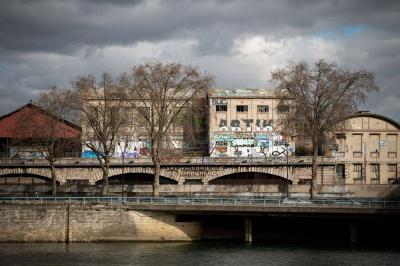The urban plan threatens the last natural fridge, or "frigo," as it's called by the people of the French capital, which maintains a natural temperature of 14 degrees Celsius below freezing, even at the height of summer. Under a monotonous industrial area in the eastern part of the city—bounded by the Seine River and a tangle of descending highways and office buildings—the fridge extends over approximately 15,000 square meters of cave-like stone cellars beneath the former train station in the 12th district of Paris, an area that was once the vibrant heart of wine trade in France.
In a report published by Bloomberg today, writer Catherine Bennett sounded the alarm over the loss of Paris's ancient landmarks, recounting the story of the last natural fridge in the capital: "Wine merchants and other businesses used the vast underground showrooms to store goods from the 19th century, thanks in part to an unusual feature of the site known as the 'artisan tunnel.' The proximity of the area to the Seine allowed for the delivery of barges filled with goods to supply the capital's restaurants and cafes, or to be transported throughout France and eventually Europe, earning it the title 'wine cellar of the world.'
Catherine adds, "Starting in 2018, the site's owner, the French National Railway Company, began to evict the artisan merchants who had operated in the tunnel for decades, citing health and safety reasons. As the French capital prepares for the Olympics next year, with major development projects already underway in the Greater Paris area, the city government's mayor Anne Hidalgo has an urban planning project that could change the site, erasing the traces of its past."
Cedric Casanova, of "La Tête dans les Olives," who was a trader there for 12 years before leaving in 2021, comments: "Working in the tunnel felt like being in a cathedral with a 10-meter-high ceiling - and no one tells you to stop making noise."
In November, Paris authorities unveiled a new project. City planners state that the tunnel and its storages will be preserved even as the surrounding site is transformed into a massive 80-hectare urban planning project. The predominantly industrial area will be converted into a livable community, complete with residents, sports centers, schools, and typical offices.
While they attempt to overcome the emotional shock from local residents and activists, no one is allowed to use the space, and the tunnel echoes empty. A sign from a group organized to protest the closure of the tunnel still appeals to the Paris City Council "to preserve the historic site."
On the stone wall outside the former station, there are still signs referencing the old wine merchants in the tunnel, many of whom have completely closed their businesses after leaving or were unable or unwilling to find a new place to work.
Casanova, the olive oil company owner, reminisces about the community in the tunnel, but says he has moved to another location where he found a new home for his business, less humid and located outside the city center.
He adds, "We fought hard to survive, but it's too late now; I can see it needs to be completely redesigned. We enjoyed the space while we had it. But perhaps this is a part of Paris that has vanished."




